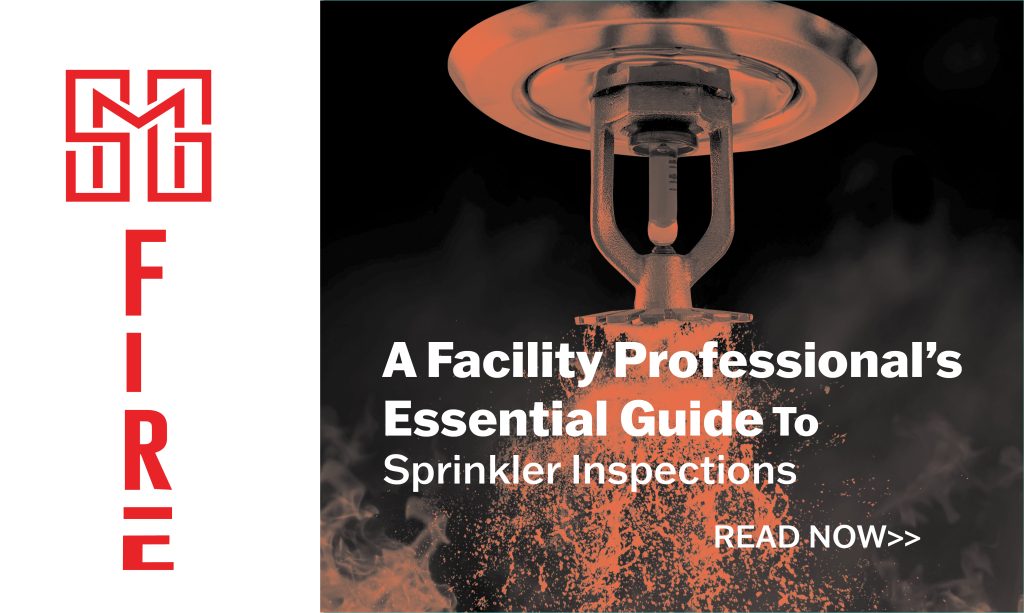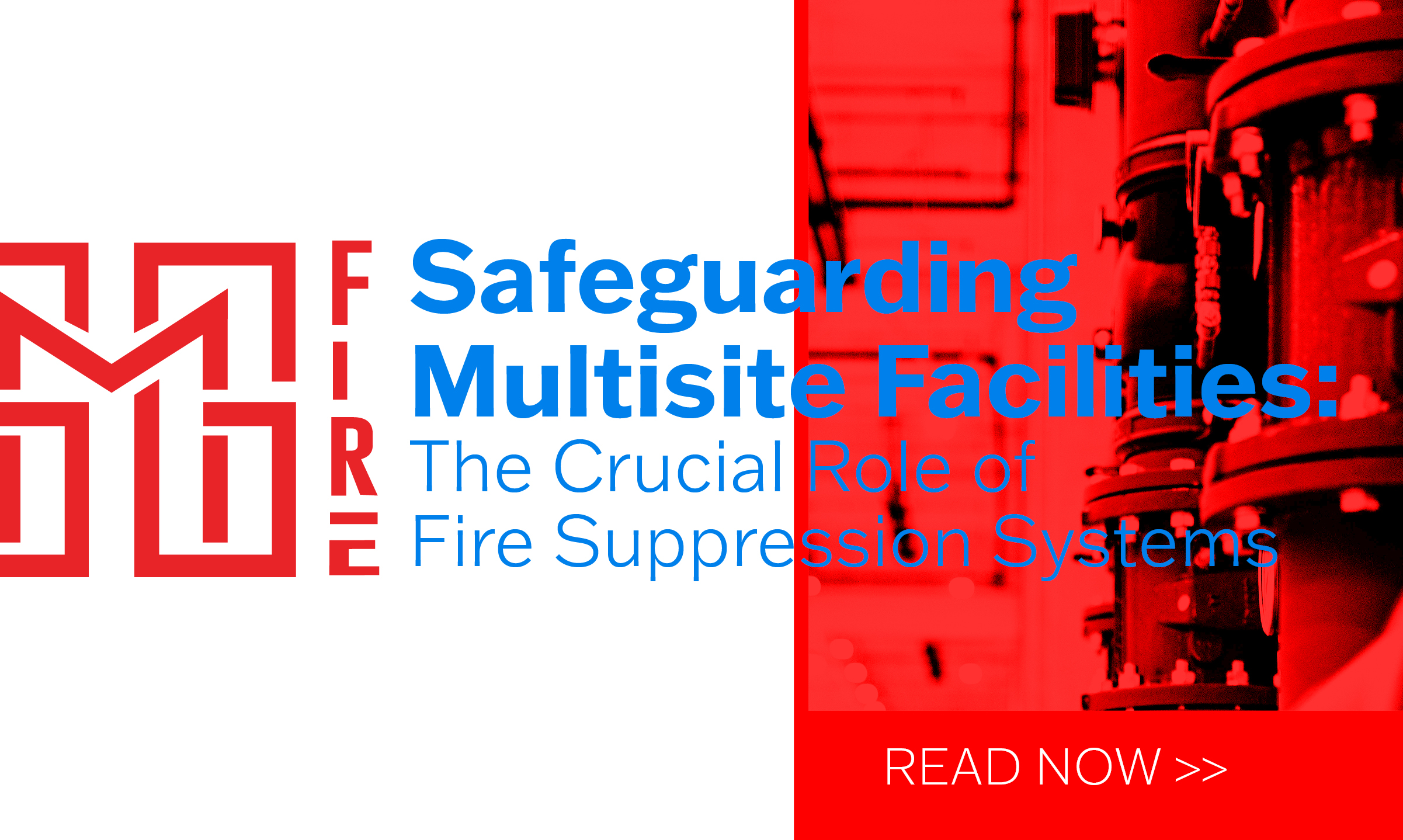Maintaining the safety of your facilities encompasses a broad spectrum of responsibilities, among which the upkeep of your fire protection system stands as a cornerstone. In today’s world, most facilities are equipped with fire sprinkler or suppression systems designed to swiftly respond in case of a fire outbreak, mitigating property damage and potentially saving lives. However, without proper inspections and testing, you’re not only risking legal repercussions but also exposing your business to increased liability due to potential hazards.
Understanding Sprinkler Inspections versus Testing: It’s crucial to distinguish between inspections and testing, although the terms are often used interchangeably. Inspections primarily involve visual checks to assess the system’s condition and identify any visible issues. On the other hand, testing entails the physical use of equipment to ensure the system operates as intended. As per the National Fire Protection Association (NFPA) guidelines outlined in NFPA 25: Standard for the Inspection, Testing, and Maintenance of Water-Based Fire Protection Systems, inspections and testing play complementary roles in maintaining system integrity.
Frequency of Inspections and Testing: Regular inspections and testing are imperative to ensure the reliability and functionality of your fire protection system. Here’s a breakdown of recommended frequencies:
Monthly Inspections:
- Dry, pre-action type, and deluge systems: Inspect gauges weekly to ensure functionality.
- Wet pipe systems: Gauges can be inspected on a monthly basis.
Quarterly Inspections:
- Conduct comprehensive inspections every three months, including water flow alarms, valve alarms, control valves, signal devices, hydraulic nameplates, and fire department connections.
Annual Inspections:
- Undertake thorough annual inspections, encompassing pipework, fittings, hangers, seismic bracing, signage, and sprinkler heads.
Inspections Every Five Years:
- At the five-year mark, conduct a detailed inspection of internal pipework related to the sprinkler system, checking for obstructions or blockages.
Testing Frequencies:
- Quarterly: Physically test all fire sprinkler mechanical devices for functionality.
- Semi-Annually: Test vane and pressure switch type devices every six months.
- Annually: Conduct a complete test of the fire sprinkler system, including water flow, pump system, alarm, and trip tests of dry pipe, deluge, and pre-action valves.
- Every Five Years: Testing is advised for systems exposed to harsh conditions or high temperatures, including gauge testing.
- Every Ten Years: Dry sprinkler systems should be tested and/or replaced after ten years. Fast-response sprinklers should undergo testing after twenty years and at ten-year intervals thereafter. Standard sprinklers should be tested after fifty years, followed by subsequent ten-year intervals.
Post-Testing Procedures: After conducting tests, your fire protection professional should furnish a detailed report outlining the test results, performed work, and any identified deficiencies requiring corrective action to maintain compliance with NFPA standards.
Partnering with Established Companies: As a facility professional managing a large, distributed portfolio, maintaining fire safety is paramount. Partnering with established companies specializing in fire protection, like SMG Fire, can provide invaluable support. With their expertise and experience, they can ensure thorough inspections, testing, and maintenance of your fire protection system, minimizing risks and ensuring compliance with regulations.
In conclusion, prioritizing regular fire alarm, sprinkler, and suppression inspections and testing is essential for facility professionals to uphold safety standards and mitigate fire risks effectively. By adhering to recommended frequencies and partnering with trusted companies, facility professionals can fulfill their responsibility of maintaining safe and compliant facilities. To find out more about SMG Fire, visit www.SMGFire.com






